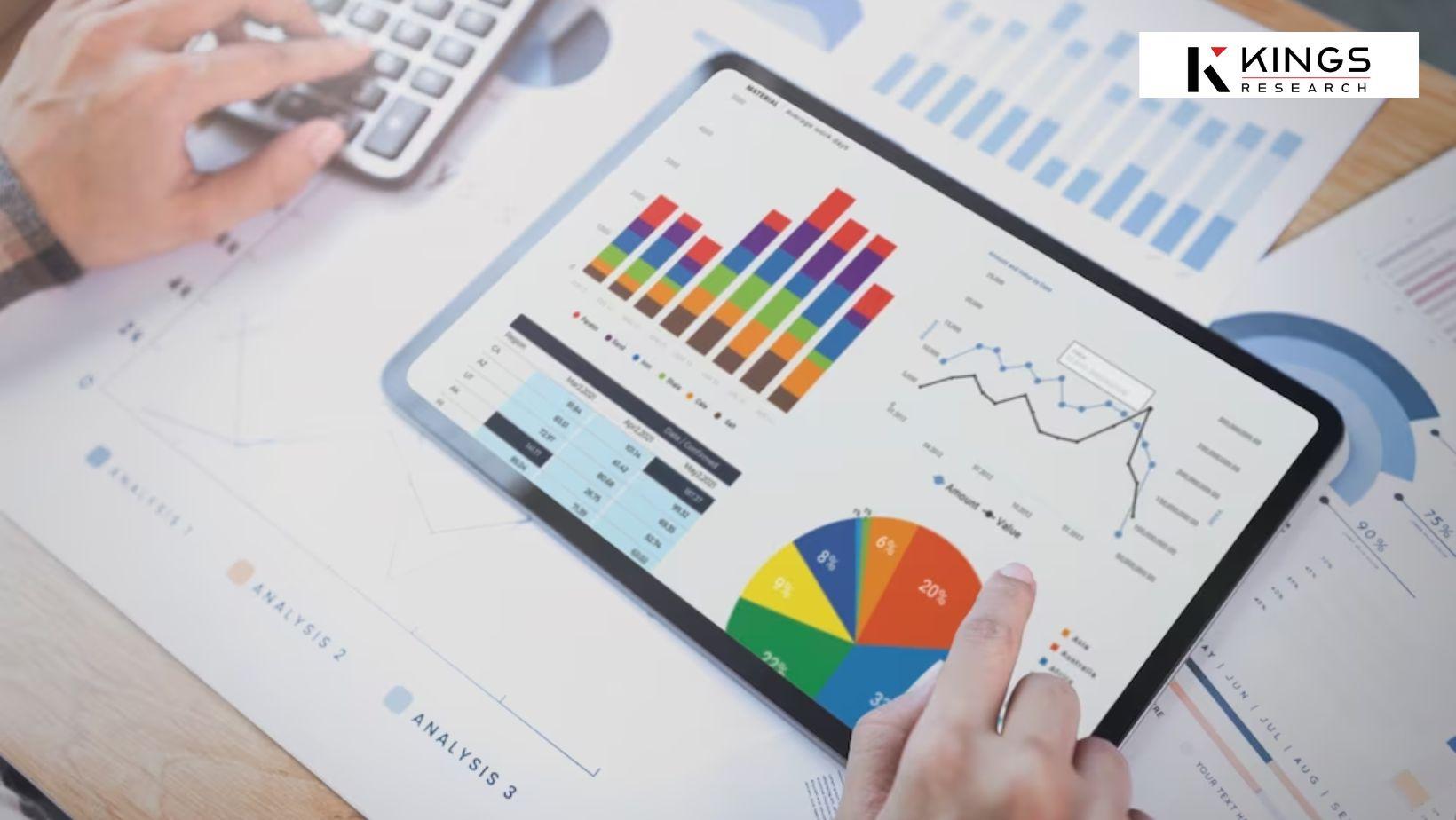The global High-Performance Alloy Market was valued at approximately USD 9.96 billion in 2021 and is projected to reach around USD 16.23 billion by 2030, growing at a CAGR of about 4.9% from 2022 to 2030. This growth is driven by increasing demand across industries like aerospace, automotive, and healthcare, as these alloys offer superior strength, corrosion resistance, and high-temperature stability.
Market Growth Overview
The High-Performance Alloy Market is projected to experience steady growth, driven by rising investments in industrial infrastructure, technological advancements in material science, and increasing adoption in key end-use industries. According to King’s Research, the global market size for high-performance alloys is set to expand at a healthy compound annual growth rate (CAGR) over the coming years. The aerospace and automotive industries are particularly fueling the demand for these alloys, as manufacturers look for materials that offer high strength-to-weight ratios and resistance to extreme conditions.
With the continued development of advanced machinery, energy systems, and high-tech manufacturing processes, high-performance alloys have become indispensable. Moreover, the ongoing trend of miniaturization in electronics, coupled with the increasing use of high-performance materials in healthcare equipment, further boosts market demand.
Key Market Trends and Drivers
Several key trends are shaping the High-Performance Alloy Market, influencing its growth trajectory. One significant trend is the shift toward lightweight materials in automotive and aerospace industries. High-performance alloys are increasingly being used to replace traditional steel and iron components due to their superior strength, durability, and lighter weight, which helps improve fuel efficiency and reduce emissions.
Additionally, the growing focus on sustainability has resulted in an increased demand for recyclable and environmentally friendly materials. High-performance alloys are known for their recyclability, which aligns with global sustainability goals and environmental regulations. As a result, industries are turning to these alloys to reduce waste and lower their carbon footprint.
The demand for high-performance alloys is also being driven by advancements in additive manufacturing (3D printing) technologies. These alloys are increasingly being used in 3D printing applications, especially in aerospace, healthcare, and automotive sectors, due to their ability to produce complex, high-strength components with reduced material wastage. This technological advancement is opening up new opportunities for market growth.
Unlock Key Growth Opportunities: https://www.extrapolate.com/chemicals-and-advanced-materials/high-performance-alloy-market/69666
Market Dynamics
The dynamics of the High-Performance Alloy Market are shaped by several factors, including fluctuating raw material prices, advancements in manufacturing technologies, and the evolving regulatory landscape. One of the key challenges faced by manufacturers is the volatility in the prices of raw materials such as nickel, titanium, and cobalt, which are essential for producing high-performance alloys. This can affect production costs and profit margins, creating an uncertain market environment.
However, the market is also witnessing significant opportunities driven by the increasing demand for renewable energy solutions. High-performance alloys are crucial in the production of wind turbines, solar panels, and other renewable energy equipment, due to their ability to withstand harsh environmental conditions and maintain efficiency over time. As the world shifts toward cleaner energy sources, the demand for high-performance alloys in this sector is expected to grow significantly.
Moreover, advancements in alloy manufacturing techniques, such as powder metallurgy and vacuum induction melting, are helping reduce production costs and improve the overall quality of these materials. These innovations are further driving the adoption of high-performance alloys across various industries.
Competitive Landscape
Alcoa Corporation, Precision Castparts Corp., OUTOKUMPU, Hitachi Metals Ltd., Aperam, ATI, Holdings, LLC., Haynes International, THE TIMKEN COMPANY, Corporation VSMPO-AVISMA, thyssenkrupp AG, AMG, amongst Others.
The global high-performance alloy market is segmented as follows:
By Material
- Aluminum
- Titanium
- Magnesium
- Others
By Products
- Non-ferrous
- Platinum group metals
- Refractory
- Superalloys
By Application
- Aerospace
- Automotive
- Oil & Gas
- Electronic Industry
- Others
By Region
- North America
- The U.S.
- Canada
- Mexico
- Europe
- France
- The UK
- Spain
- Germany
- Italy
- Nordic countries
- Denmark
- Finland
- Iceland
- Sweden
- Norway
- Benelux Reunion
- Belgium
- The Netherlands
- Luxembourg
- Rest of Europe
- Asia Pacific
- China
- Japan
- India
- New Zealand
- Australia
- South Korea
- Southeast Asia
- Indonesia
- Thailand
- Malaysia
- Singapore
- Rest of Southeast Asia
- Rest of Asia Pacific
- The Middle East & Africa
- Saudi Arabia
- UAE
- Egypt
- Kuwait
- South Africa
- Rest of the Middle East & Africa
- Latin America
- Brazil
- Argentina
- Rest of Latin America
Regional Analysis
Regionally, the High-Performance Alloy Market is segmented into North America, Europe, Asia-Pacific, Latin America, and the Middle East and Africa. North America is currently the largest market for high-performance alloys, driven by the strong presence of aerospace, defense, and automotive industries in the region. The United States, in particular, is a key player in the global market, with major manufacturers and suppliers of high-performance alloys based in the country.
Europe is another significant market, with countries such as Germany, the United Kingdom, and France leading in the production and consumption of high-performance alloys. The region’s strong automotive and aerospace sectors, along with its focus on sustainability and renewable energy, are driving the demand for these materials.
